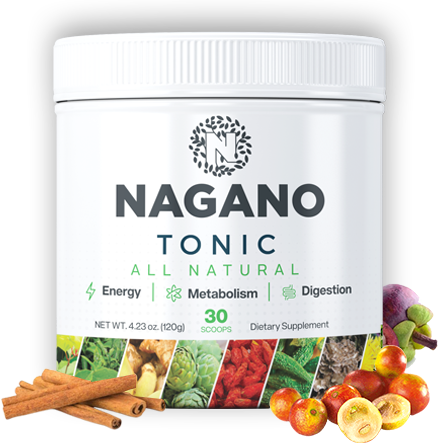
The Shift Towards Plant-Based Wellness Products in 2025
Key Takeaways
- The wellness industry is experiencing a significant shift towards plant-based ingredients.
- Consumer preferences are increasingly favoring natural and organic wellness products.
- Brands are innovating to include plant-derived ingredients in their offerings.
- Increased awareness about sustainability is influencing purchasing decisions.
- Online resources and communities are driving knowledge around plant-based wellness.
In recent years, the demand for natural ingredients in wellness products has skyrocketed. As consumers become more health-conscious and environmentally aware, there is a noticeable trend towards plant-based wellness alternatives. This article explores the changing landscape of wellness and the factors driving the shift towards plant-derived options in 2025.
The rise of plant-based ingredients
Plant-based ingredients have been integral to holistic health practices for centuries. However, in the last few years, they have gained mainstream popularity. The following factors contribute to the uptrend:
- Sustainability: Consumers are increasingly prioritizing eco-friendly products and sustainable practices.
- Health consciousness: Many are looking for products that are free of synthetic chemicals and harsh additives.
- Influence of social media: Digital platforms are crucial in spreading awareness about the benefits of plant-based products.
Consumer preferences in 2025
As we look toward 2025, it becomes clear that consumer preferences are evolving. Here’s a close examination:
Shifts in purchasing behavior
With increasing access to information about wellness products, consumers are making informed decisions. The following table highlights key insights into shifting purchasing behaviors:
| Factor | Rise in Preference (%) |
|---|---|
| Organic Certification | 78% |
| Transparency in Sourcing | 65% |
| Plant-Based Ingredients | 72% |
| Sustainable Packaging | 55% |
| Community Recommendations | 70% |
Industry innovations
The wellness sector is rapidly innovating to meet the demands for plant-based products. Here are a few areas seeing significant changes:
Aromatherapy products
Focusing on essential oils and natural blends, aromatherapy products are emphasizing plant-based formulations. The market is shifting to offer:
- Pure essential oils derived from various plants.
- Blended oils with synergistic properties.
- Eco-friendly diffusers made from sustainable materials.
Herbal remedies
More consumers are turning to herbal remedies for natural solutions in their wellness routines. This trend includes:
- Increased use of herbal supplements.
- Natural teas and infusions made from medicinal herbs.
- Education on plant-based healing myths through community workshops.
Impact of social media and online communities
Online conversations led by social media influencers and wellness communities are vital. They encourage people to share experiences and product recommendations as seen in our Wellness Tips. These platforms are crucial for:
- Raising awareness about the importance of natural healing.
- Creating a sense of community around wellness journeys.
- Facilitating access to new and trending products quickly.
Conclusion
As we approach 2025, the wellness industry is poised to undergo significant transformations driven by consumer demand for plant-based solutions. With sustainability and health consciousness climbing higher on the consumer agenda, businesses that recognize this shift and adapt their offerings will thrive. Embracing a natural approach not only promotes holistic health but also aligns with the growing desire to support our planet through conscious consumption. For more insights into the latest trends in wellness, visit our News and Trends section.
Pros
- Healthy and natural options for wellness.
- Sustainable and eco-friendly practices.
- Increased consumer awareness and education.
Cons
- Higher costs compared to conventional products.
- Potential for misleading marketing.
- Limited research on some herbal effects.
